Archives
- 2025-11
- 2025-10
- 2025-09
- 2025-03
- 2025-02
- 2025-01
- 2024-12
- 2024-11
- 2024-10
- 2024-09
- 2024-08
- 2024-07
- 2024-06
- 2024-05
- 2024-04
- 2024-03
- 2024-02
- 2024-01
- 2023-12
- 2023-11
- 2023-10
- 2023-09
- 2023-08
- 2023-07
- 2023-06
- 2023-05
- 2023-04
- 2023-03
- 2023-02
- 2023-01
- 2022-12
- 2022-11
- 2022-10
- 2022-09
- 2022-08
- 2022-07
- 2022-06
- 2022-05
- 2022-04
- 2022-03
- 2022-02
- 2022-01
- 2021-12
- 2021-11
- 2021-10
- 2021-09
- 2021-08
- 2021-07
- 2021-06
- 2021-05
- 2021-04
- 2021-03
- 2021-02
- 2021-01
- 2020-12
- 2020-11
- 2020-10
- 2020-09
- 2020-08
- 2020-07
- 2020-06
- 2020-05
- 2020-04
- 2020-03
- 2020-02
- 2020-01
- 2019-12
- 2019-11
- 2019-10
- 2019-09
- 2019-08
- 2019-07
- 2019-06
- 2019-05
- 2019-04
- 2018-07
-
UNC2025 Interestingly mGlu and mGlu receptors differ
2022-01-19

Interestingly, mGlu2 and mGlu3 receptors differ notably by their cellular distribution. Whereas mGlu2 receptors are mostly neuronal, mGlu3 receptors are expressed both in glia and in neurons. In neurons, mGlu3 receptors are present at the post-synapse and in presynaptic elements (Tamaru et al., 200
-
br The concept of the axo myelin synapse Axons
2022-01-19
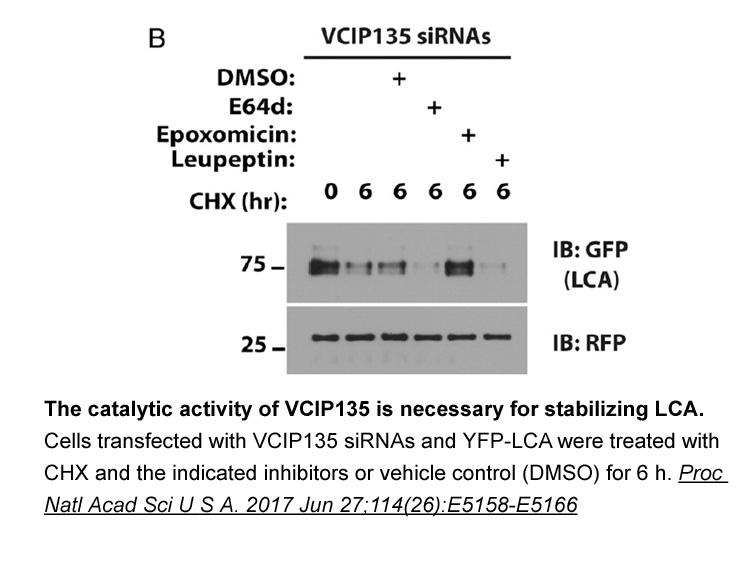
The concept of the axo-myelin ‘synapse’ Axons can release glutamate in a Ca+-dependent and independent manner (reviewed in [13,69]). Glutamate released from axons activates GluRs located in myelin, a feature that gave rise to the idea of the axo-myelin ‘synapse’ by analogy with classical synaptic
-
Acknowledgments br Introduction The gut derived hormone oxyn
2022-01-19
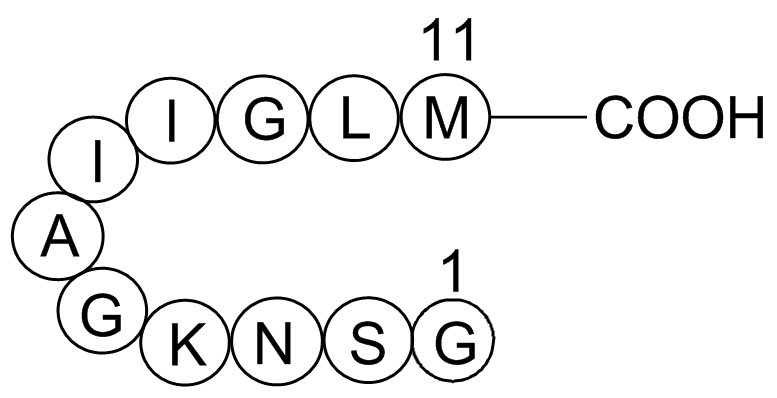
Acknowledgments Introduction The gut-derived hormone oxyntomodulin (OXM) is a naturally occurring dual agonist of both the glucagon receptor (GCGr) and glucagons-like peptide 1 receptor (GLP-1r). Structurally OXM is the 29 Imiloxan hydrochloride mg of glucagon with a C-terminal octapeptide tail
-
Receptors for glucagon Gcgr GLP Glp r and GLP Glp
2022-01-19
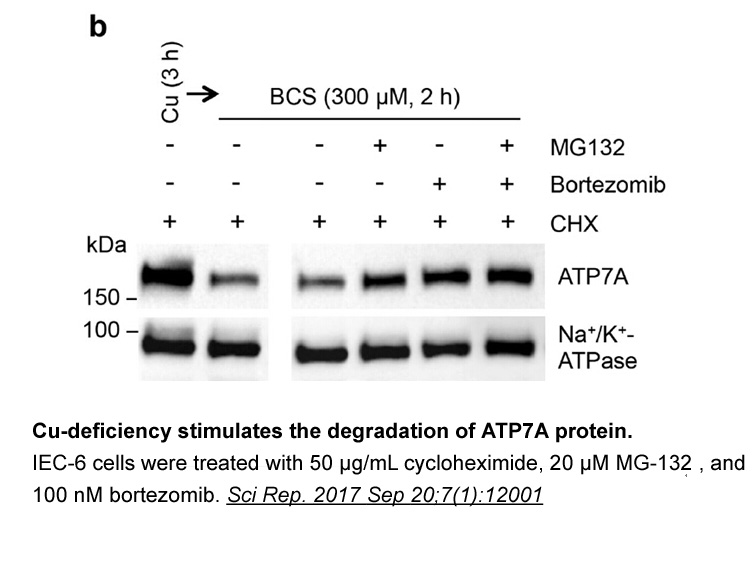
Receptors for glucagon (Gcgr), GLP-1 (Glp1r), and GLP-2 (Glp2r) are G-protein coupled receptors (GPCRs) belonging to class B-1 (secretin receptor-like) family of GPCRs (Harmar, 2001, Fredriksson et al., 2003). The mammalian Gcgr, Glp1r, and Glp2r genes, together with the neurokinin receptor antagoni
-
Here we examined whether complete ablation of
2022-01-19

Here, we examined whether complete ablation of GIP production could reduce weight gain in the absence of the adipocyte hormone leptin, a condition that results in extreme hyperphagia, obesity, hyperinsulinemia, and insulin resistance, in both mice [24] and humans [25]. We found that Lepob/ob mice be
-
br Some Gardos channel perplexities While
2022-01-19
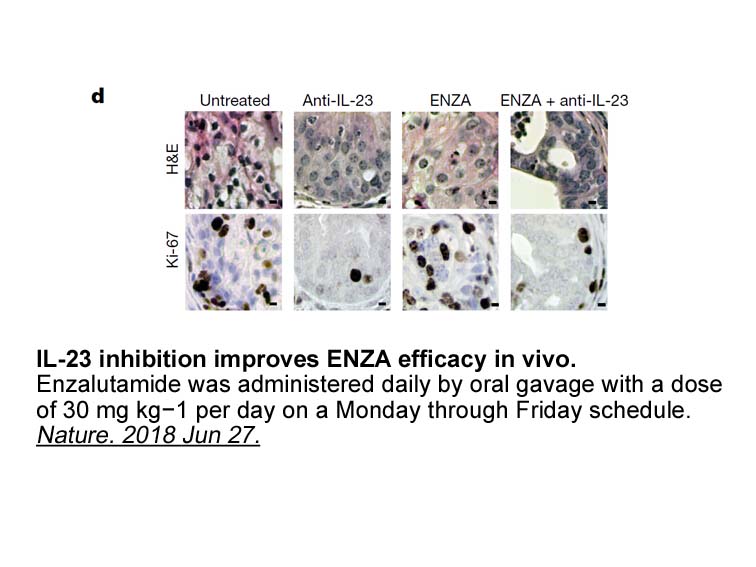
Some Gardos channel perplexities While much is known about the Gardos channel (inside Ca2+-activated K+ channel) and it's characteristics in human red blood dgat inhibitor (e.g. [18,19]), there are a number of intriguing and unexplained phenomena that are in much need of study. One is that activ
-
br Introduction A great many isoprenoids with varieties
2022-01-19

Introduction A great many isoprenoids with varieties of structural diversity, such as steroids, carotenoids, prenyl quinones, and natural rubber, occur in nature. All of these biosynthetic precursors are constructed by the action of prenyl chain elongating enzymes [1], [2], [3], [4]. These enzyme
-
br Experimental procedures br Results br Discussion The data
2022-01-19

Experimental procedures Results Discussion The data herein confirm the well documented neuroinflammatory effect of TLR3 activation following systemic administration of the viral mimetic poly I:C and the associated acute sickness response which includes fever, reduced body weight and allodyn
-
SB-334867 hydrochloride sale Production of reactive oxygen s
2022-01-18
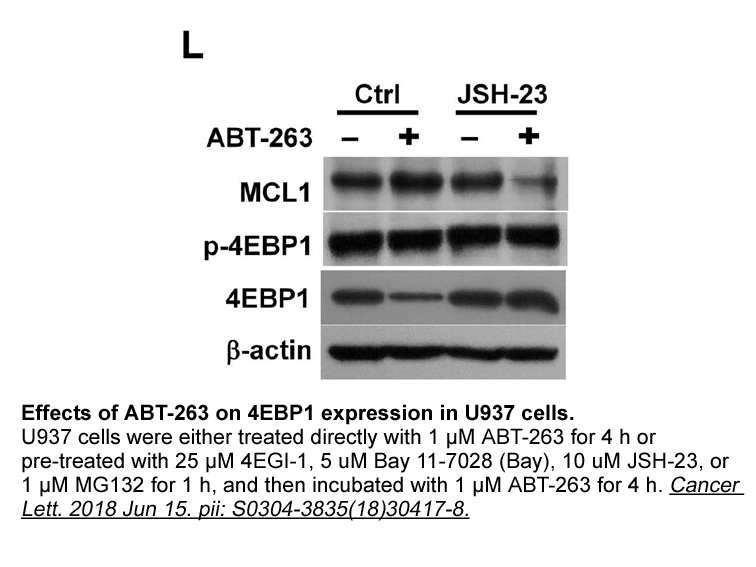
Production of reactive oxygen species (ROS) at the site of pathogen attack following recognition of pathogen-associated molecular patterns (PAMPs) is regarded as one of the initial plant immune responses. ROS accumulation can induce a hypersensitive reaction in host plants, thereby causing programme
-
br Discussion The present study explored that the effect of
2022-01-18

Discussion The present study explored that the effect of the MTP gene −493G/T polymorphism on the risk of hepatic steatosis in Turkish patients with chronic HCV genotype 1 infection. Some researchers revealed that the MTP gene −493G/T polymorphism was associated with hepatic steatosis in CHC infe
-
GSTP c C T SNP was genotyped in
2022-01-18
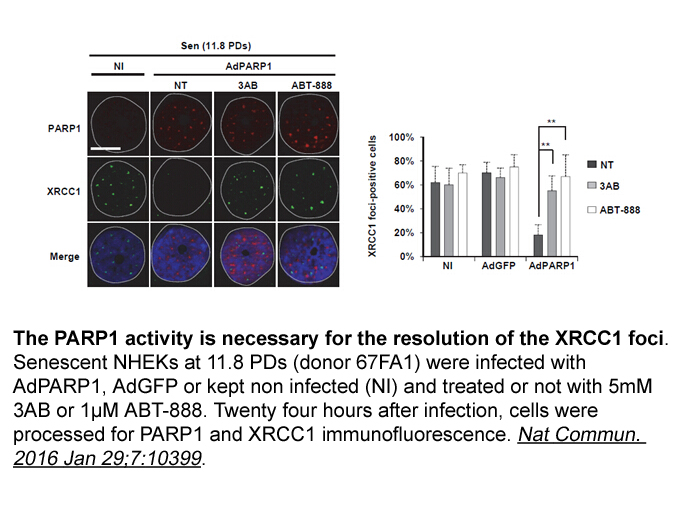
GSTP1 c.341C > T SNP was genotyped in 90 patients tumor and 180 normal healthy individuals. The profile of GSTP1 c.341C > T sphingosine 1 phosphate receptor and genotypes is shown in Table 2. The profile of the genotypes was in agreement with Hardy-Weinberg equilibrium (χ2 = 2.11). Minor allele fre
-
Two different genes encode GSK isoforms
2022-01-18
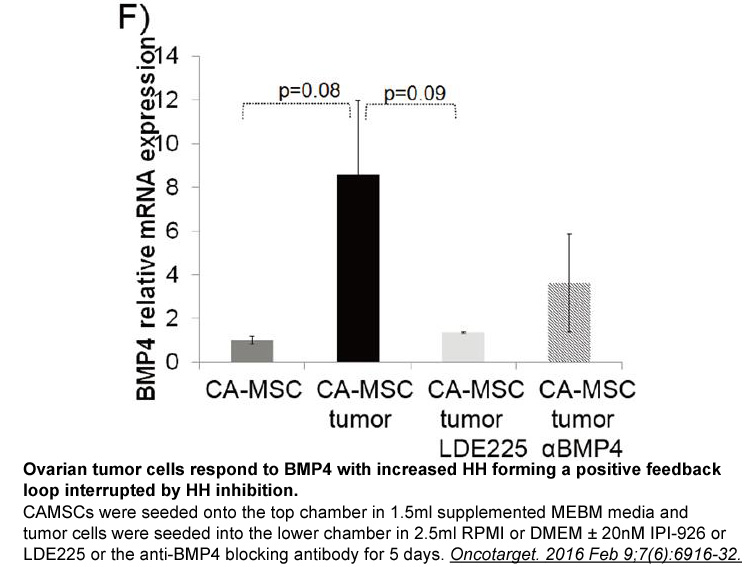
Two different genes encode GSK-3 isoforms α and β that have very similar catalytic domains but significantly differ in their N- and C-termini. The α and β isoforms split from a common precursor approximately at the emergence of vertebrates, suggesting that at least one of the isoforms took on a new
-
gnrh agonist Recently several groups reported that four orph
2022-01-18

Recently, several groups reported that four orphan receptors, GPR40, GPR41, GPR43, and GPR120, can be activated by free fatty acids. Short-chain fatty acids are specific agonists for GPR41 and GPR43 . Medium and long-chain fatty acids can activate GPR40 and GPR120 . Our previous report showed that
-
Starting from commercially available dioxaspiro decan ol was
2022-01-18
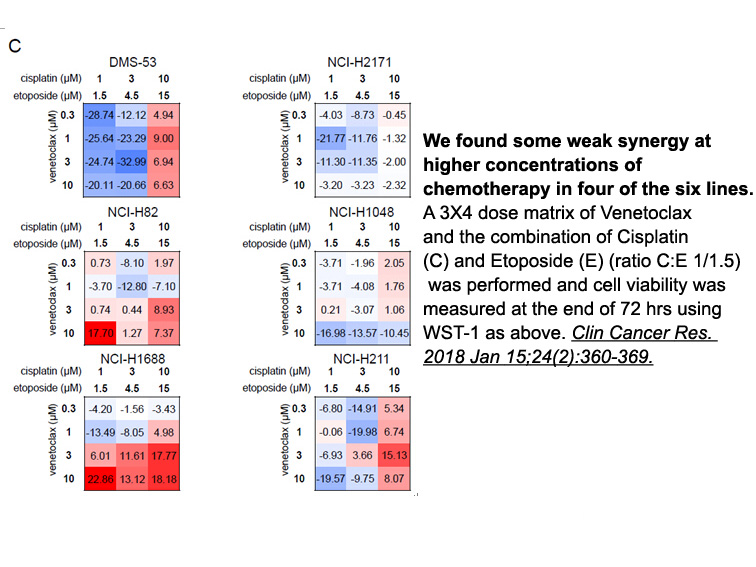
Starting from commercially available 1,4-dioxaspiro[4.5]decan-8-ol, was prepared by the synthetic sequence illustrated in . Aromatic nucleophilic substitution of 1,4-dioxaspiro[4.5]decan-8-ol, followed by an dgat1 inhibitor catalyzed deprotection efficiently gave . A - enriched mixture of (/=∼3/2) w
-
Trypanosomatid GLO enzymes are monomeric and
2022-01-18

Trypanosomatid GLO2 enzymes are monomeric and contain a zinc–iron binuclear metal center (Irsch and Krauth-Siegel, 2004, Silva et al., 2008), similar to all other glyoxalases II. As mentioned, in T. brucei there are two GLO2 genes but only one encodes an enzyme with glyoxalase II activity (Irsch and
16158 records 527/1078 page Previous Next First page 上5页 526527528529530 下5页 Last page